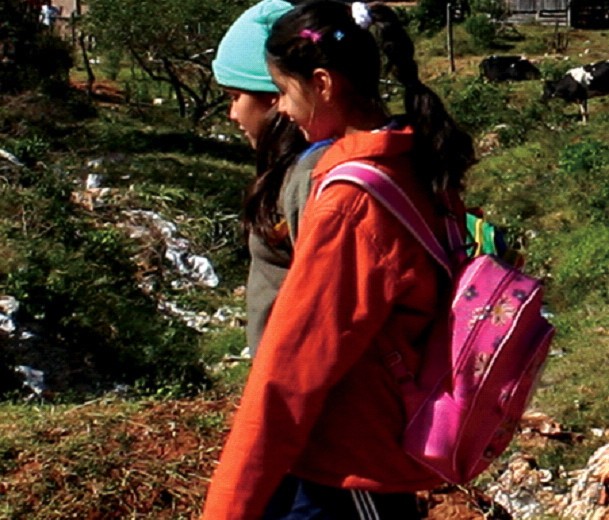
In the heart of the heavily populated Mbocayaty neighborhood in Villa Elisa, in southwest Paraguay, an eight-meters-deep ditch had formed in the midst of a large, sandy quarry. The ditch had families worried — it had become an unsafe and unhealthy place. It had also become an unsanitary and improvised dump site for garbage. Stray animals, disease, and erosion posed risks to both nearby dwellings and the people who lived in the simple homes alongside the quarry.
Meanwhile, Villa Elisa’s mayor, Albino González, was urgently seeking a place to dispose of the town’s garbage. He and local leaders had considered many possible sites, but each time, residents blocked their plans. So residents of Mbocayaty formed a neighborhood commission (calling it Oñondi-vepa, or “all together” in Guaraní) and asked the mayor for help in filling the ditch.
With help from a USAID program, which was advising the municipality on taxation and public services, the mayor came up with a plan. He called a public hearing and the people of Mbocayaty accepted his proposal to fill the ditch with processed urban waste and soil.
USAID helped local officials hire specialists to create a sanitary landfill. The city bought additional private land, planted trees, expanded a nearby recreational area, and built a town plaza. A garbage collection company organized the relocation of the garbage. Residents cooperated in the supervision of tasks, provided equipment and games for the children’s park, and helped maintain the public space.
Today, to everyone’s delight, the landscape is different: children play on top of the grass-covered and cement-sealed ditch, the garbage has disappeared, and gardens and trees are beginning to grow.







Comment
Make a general inquiry or suggest an improvement.